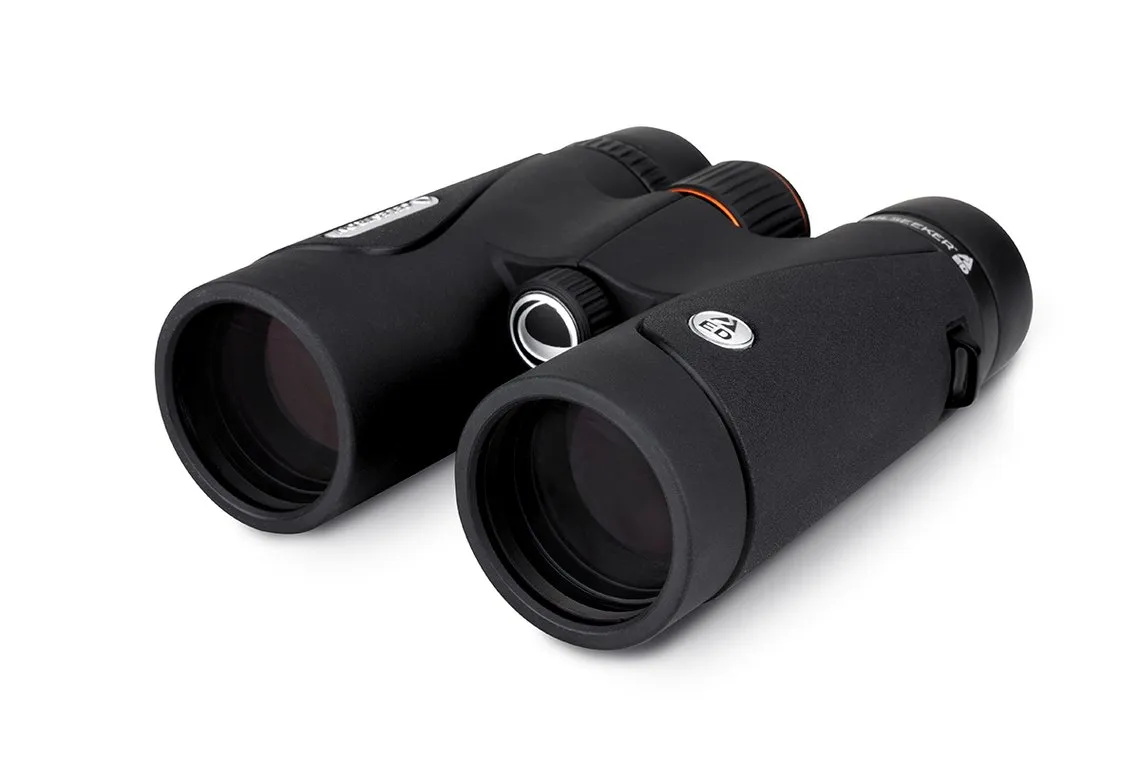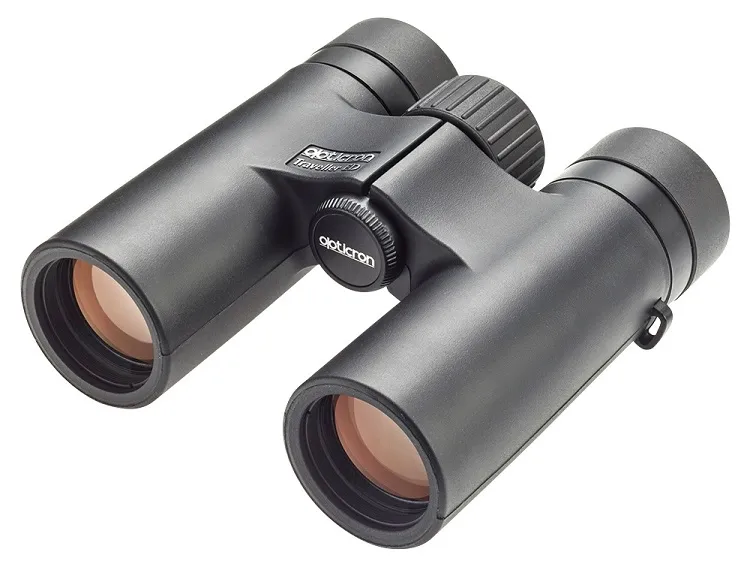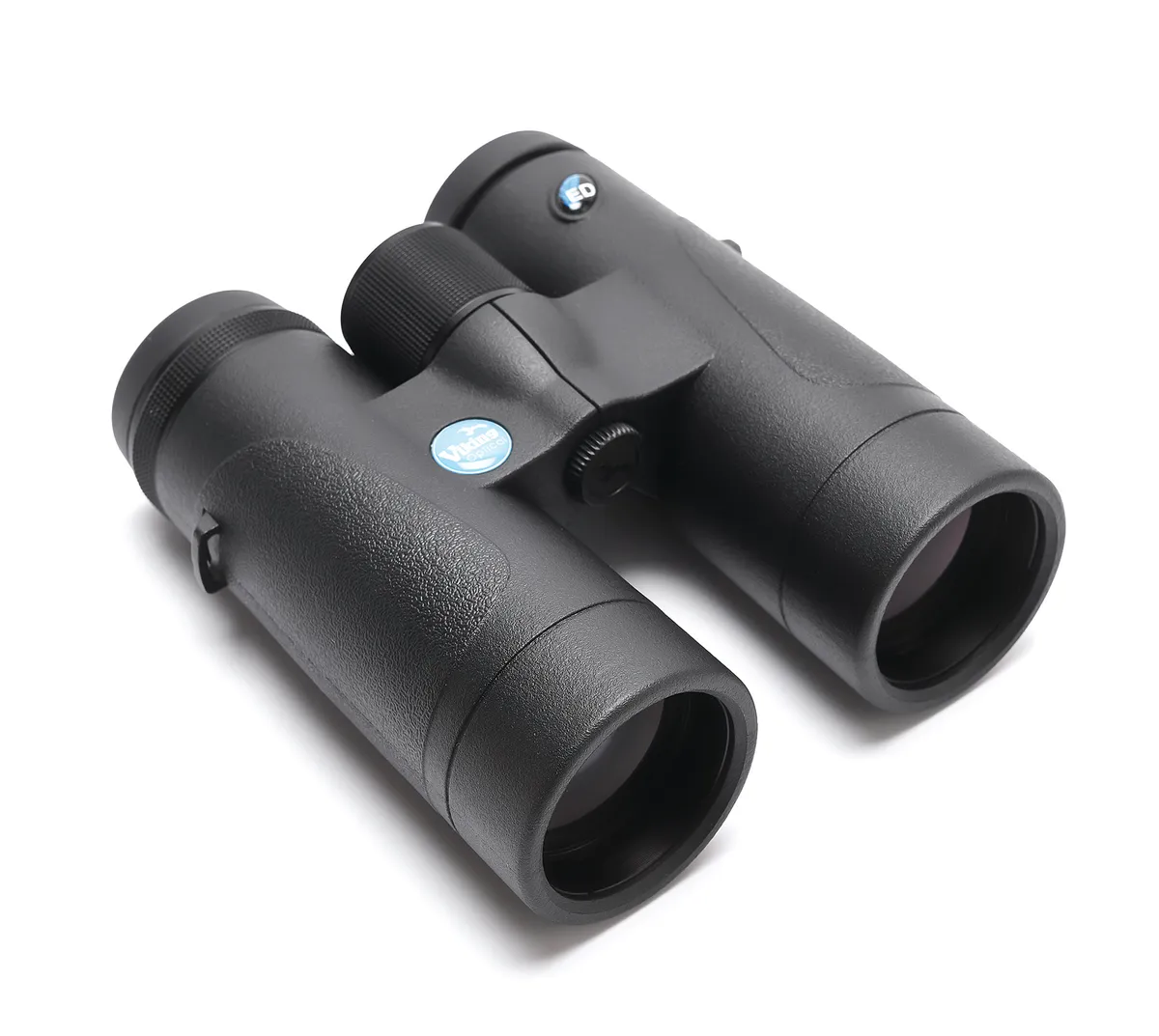Buying the best binoculars for birdwatching is all about finding what’s right for you. There are a wide variety of factors to take into account, including lens quality, weight, close focus, grip, and of course, budget. The price of binoculars varies wildly from less than £100 to more than £1,000. More detailed advice on choosing optics (binoculars and telescopes) can be found on the BBC Wildlife Magazine website.
How to choose the best binoculars for birdwatching
Ideally, you should try out a number of pairs to see which ones you get on with best. Many nature reserves with visitor centres do sell binoculars, but these are usually limited to one brand. Larger events allow you to try out a variety of models from different brands, and there will often be special offers available for the event.
For wildlife watching, eight times magnification is usually best, so look for pairs that are 8x32 or 8x42. The latter number refers to the width of the objective lens, and the larger it is, the brighter the image will be. However, the larger lens width will increase the weight of the binoculars.
If you are planning to carry binoculars for an extended period of time, it is worth looking into getting a harness to reduce the strain on your neck. A harness will also increase stability when looking through the binoculars, and minimises the swing of binoculars when moving about, allowing you to use both hands in difficult terrain.
If you plan on watching wildlife in specific habitats, such as sea-watching or estuaries, you would benefit from the increased magnification of a telescope. However, I would still advise taking a pair of binoculars too, as it is much easier to find wildlife through them than through a telescope. Alternatively, you could find a pair of binoculars that are tripod adaptable.
If you are looking for hiking kit, take a look at our review guides of the best walking boots, best walking trousers and best walking gloves.
Best binoculars for birdwatching in 2025
Celestron Trailseeker ED
Available in: 8x32, 8x42, 10x32, 10x42. With or without ED.
SQUIRREL_TEXT_13076617

At 666g and measuring 139.7mm x 124.46mm, the 10x42 are comparable in size and weight with most mid-sized binoculars. However, unlike many others, they come with a harness which eases the strain when carrying and using them.
The objective lenses are made from Extra-low Dispersion (ED) glass to minimise chromatic aberration (when the lens fails to focus all colours on the same point), which improves the clarity of the image, even in low-light conditions.
The minimum focus is only 2.5m – that’s a huge distance if you like to look at nearby insects or plants.
The twist-up eyecups move through two clicks so that you can choose which distance works best. With rubber armouring across the whole of the binoculars, the lenses feel well protected. The grip is quite comfortable.
Warranty/guarantee: Limited lifetime warranty applies.
VERDICT: Good for watching distant wildlife, but not for close-ups on nearby insects and other invertebrates.
SQUIRREL_13076617
Opticron Traveller BGA ED
Available in 8x32 and 10x32. With or without ED.
SQUIRREL_TEXT_13085879

Lightweight at only 450g and small at just 119mm x 115mm, these are easy to use and carry, fitting into most jacket pockets.
For those used to binoculars, the push / pull retractable eyecups will take some getting used to. And on the other end, there is minimal protection around the objective lens compared to most pairs of binoculars. I would be worried about them getting scratched or otherwise damaged. The rubber coating is also restricted to the central part of the binoculars.
On the other hand, the image is surprisingly clear for such a small pair of binoculars, even in low light. And the close focus is only 1.5m, which is great for watching invertebrates.
Warranty/guarantee: 30-year guarantee.
VERDICT: Good for weight and close focus, best for use as a pair in the car or if travelling with space restrictions.
SQUIRREL_13085879
Viking Optical Merlin ED
Available in: 8x32, 8x42, 10x42.
SQUIRREL_TEXT_13076672

At 720g (for the 8x42), these were surprisingly heavy (8x32: 516g, 10x42: 698g). Much of this weight will be down to the 42mm objective lens. Measuring 141mm x 128mm, they are also on the large side.
Like most binoculars, they have twist-up eyecups which go through two clicks to alter the distance. The rubber casing covers the whole of the binoculars, and the grip feels comfortable.
I found these binoculars provided a very clear image, including in low-light conditions. ED glass is used for the objective lenses to give sharper images and reduce chromatic aberration.
However, I was slightly disappointed with the minimum focus distance of 2m, which is just about adequate for watching insects, but not amazing.
Warranty/guarantee: 10-year guarantee.
VERDICT: My preferred pair of binoculars out of the three, despite the weight.
Tip: Viking Optical also manufactures the binoculars sold by the RSPB.
SQUIRREL_13076672
Shopping for budding bird watchers? Check out the best children's binoculars.
